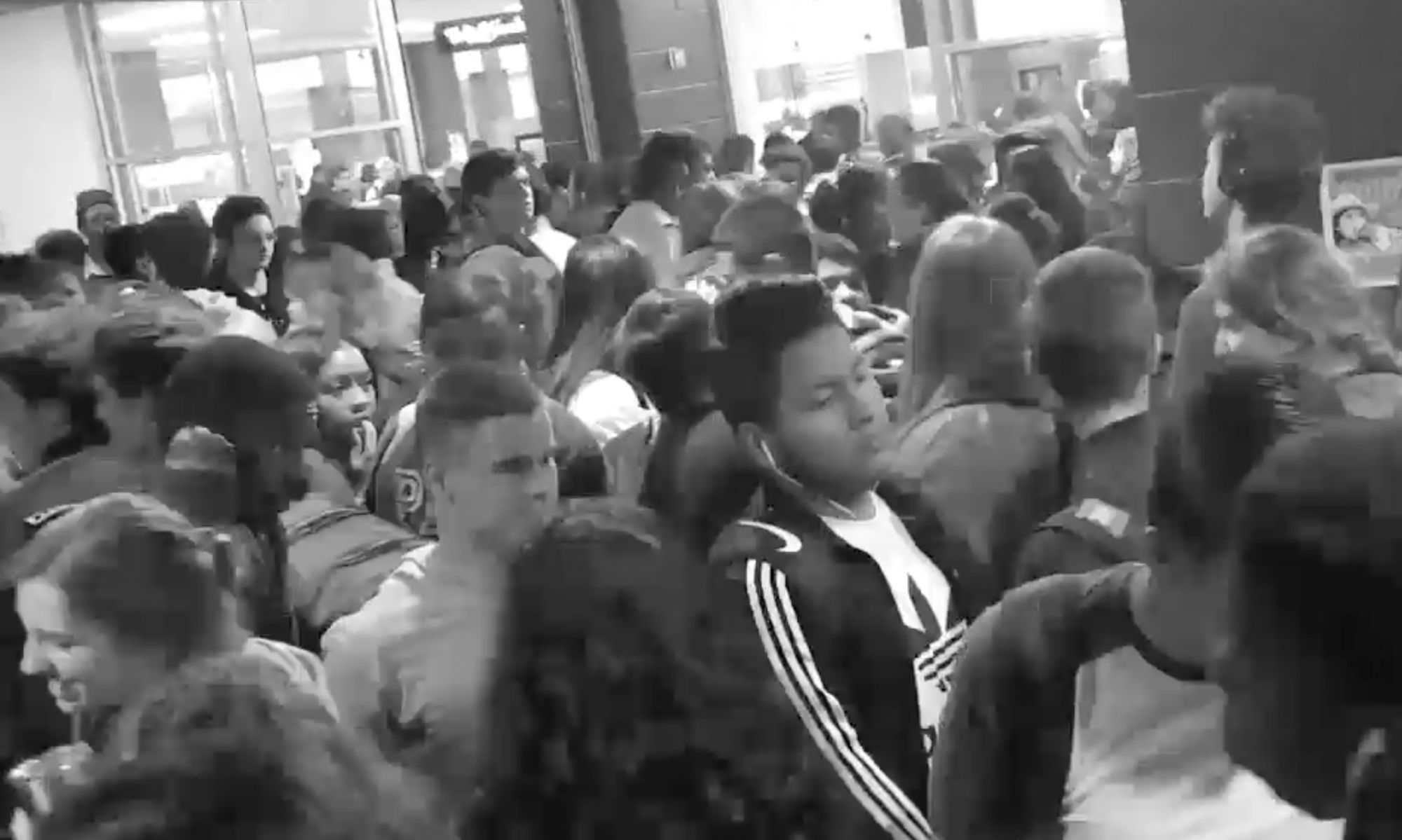“Such an emergency as this cannot be met by empty hurrahs … about the great values of our public education, but it will require real sacrifice. We cannot have schools without paying for them. But if we want better schools, if we want to [promote] the welfare of our own children, if we want to promote the [economic] growth of our city, we must be sufficiently unselfish to tell in unmistakable terms to those in authority that we are willing to stand for increased property assessment, increased taxation, or for whatever is necessary to give us, and to give us without delay, better school buildings for our children.”
1925 City Council presentation by Samuel Duke (JMU’s first president) representing Harrisonburg’s Chamber of Commerce. Harrisonburg was facing a dire school overcrowding crisis.
Duke continued:
“… if a flood should sweep away our reservoirs of water power on the river we would use emergency measures and repair the damage. Now every day large reservoirs of educational power are being swept out of the grasp of our children and the damage can never be repaired. We are jeopardizing the greatest powers that Harrisonburg of tomorrow can ever possess — moral and intellectual power.”
Harrisonburg was loaded with debt. However, business and civic leaders knew that Harrisonburg’s most valuable resource would be walking out the doors of Harrisonburg High School.
So, they threw a banquet “dedicated solely to the movement for better schools, including a new school with all the bells and whistles of a gymnasium, auditorium and laboratory space.”
A resolution passed: “The Chamber realizes there is a very vital connection between the general welfare and educational facilities of any community, and whereas there exists in our city a need for enlargement and improvement of our public schools … we pledge the membership to full cooperation with school authorities for the education of the young people of our city.”
Some public pushback claimed there were “too many frills in schools.” One DN-R letter declared “it’s a fallacy to try to educate everybody beyond elementary” and problem children were being dumped on schools.
However, in 1928, the first HHS opened. The attraction of new students necessitated the immediate building of three additional classrooms.
1925 Harrisonburg could be 2017 Harrisonburg … with an exception that local civic and business leaders were leading the way, trusting school leadership, and acting as partners and problem-solvers.
They weren’t willing to compromise our children’s education by cutting corners. Their bottom lines weren’t pitted against our school’s highest aspirations.
Their wise foresight has been Harrisonburg’s good fortune.
We’ve been a city of big ideas; of bold, practical and visionary leadership. Building a second high school is a big idea. We’re capable of it. We have tools to do it without burdening those with limited incomes and without delay. It requires the same vision, determination and cooperation that launched our first HHS; that laid the foundation for the Harrisonburg of today. Let’s make sure our children can say the same about this next high school decision.
